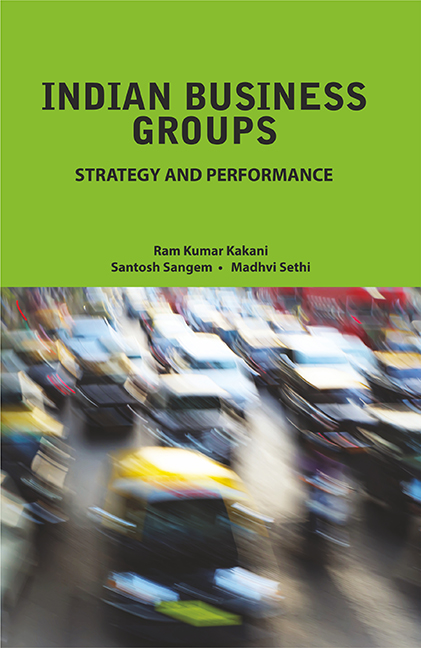Book contents
- Frontmatter
- Contents
- List of Tables and Figures
- Preface
- Acknowledgements
- 1 Introduction to Business Groups and their Strategies
- 2 Business Groups across the Globe
- 3 Product Diversification and Performance: Measurement and Historical Relationship
- 4 Conceptual Framework and Research Methodology
- 5 Empirical Results and Managerial Implications
- 6 Case Analyses of Business Groups' Strategies
- 7 Summary of the Work
- References
- Index
- About the Authors
Preface
Published online by Cambridge University Press: 13 July 2022
- Frontmatter
- Contents
- List of Tables and Figures
- Preface
- Acknowledgements
- 1 Introduction to Business Groups and their Strategies
- 2 Business Groups across the Globe
- 3 Product Diversification and Performance: Measurement and Historical Relationship
- 4 Conceptual Framework and Research Methodology
- 5 Empirical Results and Managerial Implications
- 6 Case Analyses of Business Groups' Strategies
- 7 Summary of the Work
- References
- Index
- About the Authors
Summary
This book focuses on product diversification strategies of business groups and the dynamics of its underlying relation to shareholder value. Product diversification as a business strategy has a long checkered history. From being amongst the most preferred strategies for driving growth from the early twentieth century to its fall from grace in developed countries to its revival attempts in the early twenty-first century, product diversification has been at the center of numerous debates, especially in the developed world. At the time that conglomerates in market-based developed economies were adopting the focus strategy, business groups in developing countries and other developed economies (especially in continental Europe) were increasing the extent of diversity of their business activities. While a number of them have proven to be adept in successfully handling this strategy, there are a large number of failures as well along the road to product diversification.
The major challenges faced by these diversified business groups include financial difficulties brought about by wasteful use of resources, professionalization of management, and managing promoter family dynamics. Liberalization and the process of opening up of developing economies has played an important role in generating opportunities for value creation across industries. Further, the last two decades have witnessed the growth of the ‘new economy’ with traditional sectors gradually losing their dominance in business activity.
A new set of challenges have once again been thrown up before such diversified business groups following the global credit crunch that began in the US in 2007, bringing into question their performance and the appropriateness of the diversification strategy. The rapidly changing dynamics of world markets and the technology of serving them make it imperative for top management of business groups to be highly adaptable in their approach to corporate strategy and selection of portfolio of businesses and their composition within a group.
Extant studies on value creation by diversified business groups tend to take a macro/institutional approach with diversified business groups seen as alleviating the problems created by deficient institutional structures.
Information
- Type
- Chapter
- Information
- Indian Business Groups: Strategy and Performance , pp. ix - xPublisher: Foundation BooksPrint publication year: 2015
